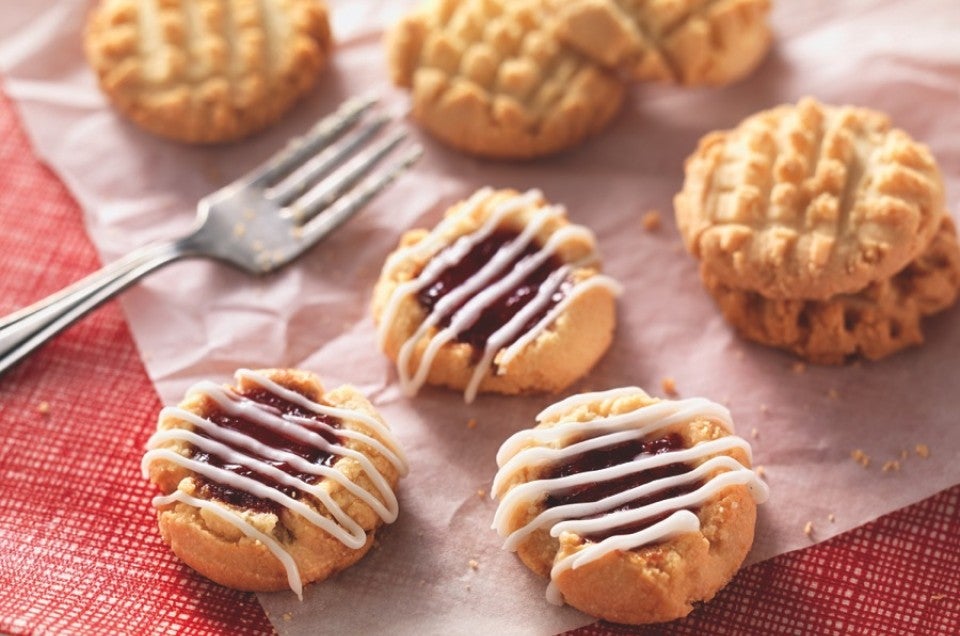When I first started baking gluten-free, I was completely lost. For my first few attempts I would just replace the regular flour with a gluten-free flour I found at the store – usually brown rice – and give it a whirl.
The result? Ultra dry, crumbly, and simply terrible.
And so I set off to teach myself how to bake gluten-free. I soon realized that it was more of an art that I had anticipated. You had to get the right blend of flours, the right proportion of liquids, the right binders, the right leaveners, or else you'd end up with a hot mess on your hands.
I’ve always enjoyed baking from scratch, but when it came to gluten-free baking, it seemed so much harder – especially with all those flour options out there. It took a lot of practice (and patience!), but I now really do love gluten-free baking. It’s actually quite fun!
And what I've loved most about this process is learning how to incorporate and bake with different flours. You already know that we offer a wide variety of gluten-free baking options – from mixes, flour blends and stand-alone flours – but if I had to choose my top three favorites, what would they be?
Today I’m going to share my top three favorite King Arthur gluten-free flours and my best gluten-free baking tips (along with a few recipes) for each!
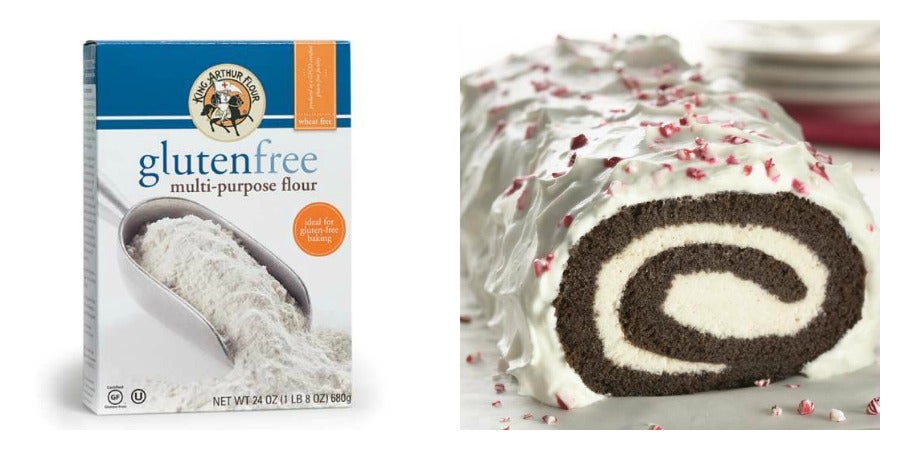
This is my go-to flour for baking. It’s an all-purpose flour that you really can use for everything. Whether I’m making muffins, cookies, or even bread, I almost always reach for our gluten-free flour. I have never been disappointed with the results (unless it was a clear mess-up by yours truly), and am consistently wowed by the way my baked goods come out.
Here are some of my tips for using our gluten-free flour in your baking:
- Using only our gluten-free flour: When you’re using our gluten-free flour, there are a few things to keep in mind. If you’re following a gluten-free recipe that calls for an all-purpose gluten-free blend, ours should work 1:1.
- Blending with other flours: You can also blend this flour with one of our other gluten-free flours – for example, the ancient grains blend. When doing this, I like to keep a ratio of 3:1. So if I’m making something that calls for 1 cup of flour, I would use 3/4 cup of our gluten-free flour and 1/4 cup of another flour (although this doesn’t apply to nut or coconut flours).
- Substituting for wheat flour: We've found that using 1 large egg in place of 1/4 cup of the oil, and adding some xanthan gum, works really well. The amount of xanthan will depend on the amount of flour you have, but in general I use about 1/4 teaspoon for every cup of flour.
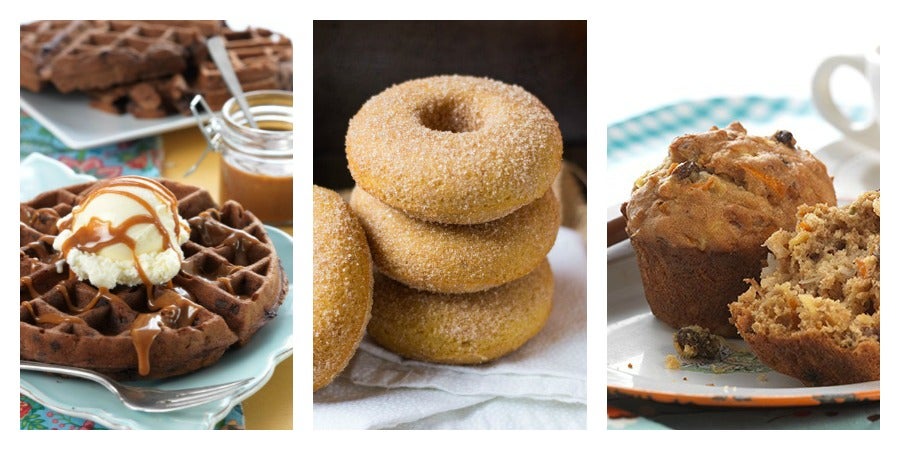
My favorite recipes using our gluten-free flour:
Gluten-Free Chocolate Waffles
Gluten-Free Baked Pumpkin Doughnuts
Gluten-Free Morning Glory Muffins
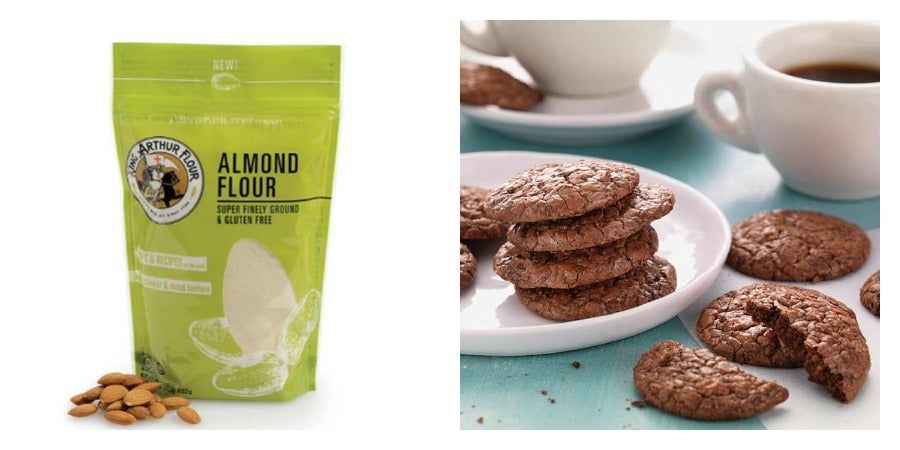
When I was first baking with gluten-free flours, I steered clear of nut flours. They scared me. They seemed unpredictable and hard to handle, but as I started playing around with them more, I fell deeper and deeper in love.
Here are some of my tips for using our almond flour in your baking:
- Start with the basics: Until you get comfortable, I suggest starting with recipes that have already been created with almond flour as the main ingredient.. Don’t jump in and try to replace wheat flour with almond flour because, without some precise substitutions, you’ll have a gooey mess on your hands.
- Understand the properties: When you’re baking with almond flour, it certainly does not behave like a “normal” flour. It’s much higher in fat and therefore needs some adjustments. If you’ve baked with almond flour before then I’m sure you’ve noticed the texture tends to be more on the tender and cake-y side, and that’s because of the higher fat content.
- Increase your eggs, decrease your fat: You'll probably notice that almond flour recipes tend to have more eggs and less fat. The eggs provide more structure and moisture, while the flour makes up for some of the missing fat. But don't worry, your baked good won't taste egg-y!
- Use it in small amounts: I like adding 1/4 cup almond flour to my baked goods. When I’m doing this, I’ll replace 1/4 cup of the flour that the recipe calls for and also remove 1 tablespoon of the oil. The almond flour helps to keep my recipes moist and tender.
- Don't let the texture of your batter throw you off: Almond flour batters are almost always thicker than traditional wheat-based or even gluten-free recipes. Refrain from adding more liquid because if you do, your baked good won’t bake through and you’ll have wasted all that wonderful flour.
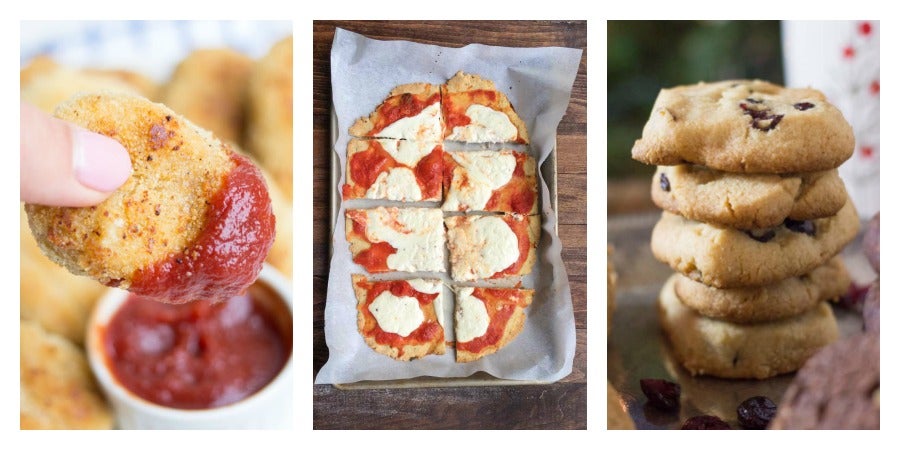
My favorite recipes using almond flour:
Almond Flour Pizza Crust
Almond Flour Shortbread Cookies
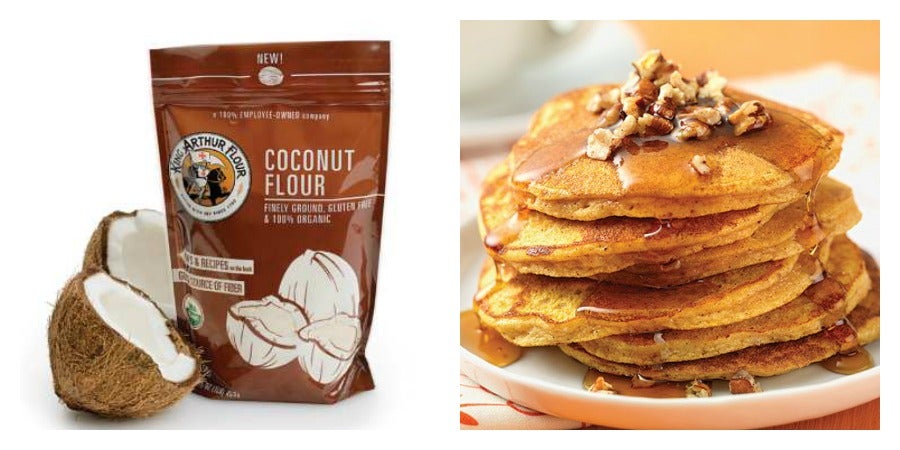
Oh coconut flour, I love you so! This is also one of my favorite flours, but for a completely different reason than the others. Simply put, I have a major love affair with all things coconut, so anything made with coconut flour quickly jumps to the top of my must-have list.
Here are some of my tips for using our coconut flour in your baking:
- Don't let it freak you out: Baking with coconut flour is probably like nothing you've ever experienced before. It's a funny little flour because it's super absorbent, but doesn’t have a lot of binding power.
- It needs eggs: You'll notice that recipes using coconut flour use a lot of eggs and very little flour. That's because if you don’t have the appropriate amount of ingredients to provide structure, your baked good will never hold its shape. The eggs provide moisture, act as a binder, and also give the baked good some structure.
- Stick with the basics: Like almond flour, if you’re new to baking with coconut flour, I suggest sticking with recipes that have already been tested and proven to work. You can't substitute coconut flour 1:1 with any other flour; it simply won’t work.
- The eggs to flour ratio: If you’re building a coconut flour recipe from scratch, a good rule of thumb is that for every 1/4 cup coconut flour in a recipe, you need two eggs. If you’re mixing in other dry ingredients, like cocoa powder, your egg ratio will need to go up even higher.
- Be mindful of the flavor: I often get questions about whether coconut flour really tastes “coconut-y," and my answer is yes and no. I personally love the flavor; and so, in something plain like pancakes, you can taste it a little. But if you have other strong flavors in your recipe, like chocolate or pumpkin, then I don’t think you’ll be able to taste it at all.
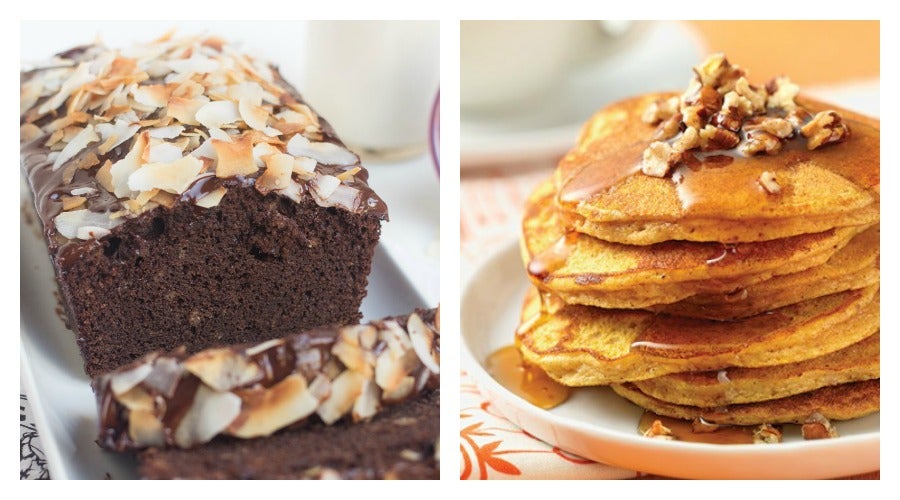
My favorite recipes using coconut flour:
Gluten-Free Chocolate Coconut Cake
Coconut Flour Pumpkin Pancakes
And now we’d love to hear from you: what are your favorite gluten-free flours to bake with? Let us know by leaving a comment below!
